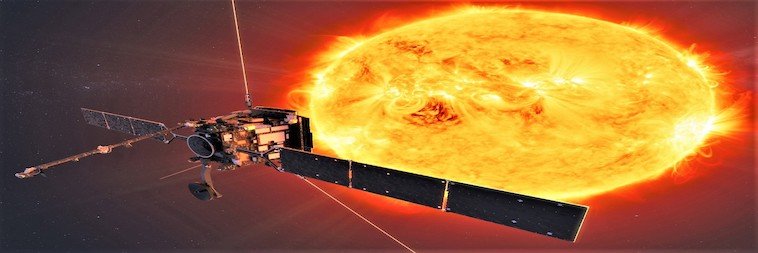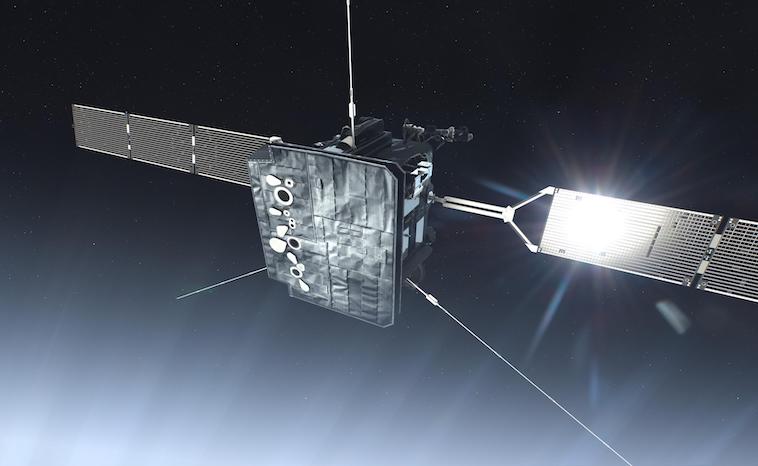Solar Orbiter To Visit Sun’s Poles

What makes the Sun’s poles interesting to scientists and astronomers? Read on to find out about NASA’s new Solar Orbiter and its mission to learn about the Sun’s poles.
Scientists have known for decades the Sun creates and controls the space environment enveloping our solar system. But they don’t understand how the Sun does that. Called Solar Orbiter, this international cooperative mission between the European Space Agency and NASA will help tackle questions scientists have been yearning for years to answer.
Solar Orbiter
Launching atop United Launch Alliance’s Atlas V rocket on Sunday, February 9th from Cape Canaveral Air Force Station Launch Complex 41, the 10-foot-long spacecraft aims to make up-close observations of the Sun through telescopes and capture the first photos of the star’s poles.
The ten-foot-long spacecraft – 60 feet with its solar panels deployed – will make up-close observations of the Sun with telescopes and, if all goes according to plan, capture the first photos of the poles. Overall, the mission aims to understand better how our main-sequence star influences the entire solar system.
The Sun’s energized solar winds impact GPS and communication satellites. Furthermore, the charged particles from the solar wind can also cause harm to astronauts.
To prepare for arriving solar storms, scientists monitor the Sun’s magnetic field. But their techniques work best with a straight-on view; the steeper the viewing angle, the noisier the data. The sidelong glimpse we get of the Sun’s poles from within the ecliptic plane leaves significant gaps in the data.

Mission to the Sun
Scientists know that the Sun has an 11-year cycle with regards to sunspots. The solar minimum portion of the cycle means that the Sun has fewer sunspots. However, for the solar maximum, they sunspots numbers increase. Do the polar regions of the Sun have an impact on this cycle?
“But we don’t understand why it’s 11 years, or why some solar maximums are stronger than others,” Gilbert said. Observing the changing magnetic fields of the poles could offer an answer.
Solar Orbiter, on the other hand, will pass inside the orbit of Mercury carrying advanced instruments. “We are going to be able to map what we ‘touch’ with the in situ instruments and what we ‘see’ with remote sensing,” said Teresa Nieves-Chinchilla, NASA deputy project scientist for the mission. (NASA, 2020)
The orbiter will reach an inclination of 24 degrees above the Sun’s equator. In addition, it will increase to 33 degrees with an additional three years of extended mission operations. At the closest approach, the spacecraft will pass within 26 million miles of the Sun. NASA designed a custom-designed titanium heat shield with a calcium phosphate coating. IT allows Solar Orbiter to withstand temperatures over 900 degrees Fahrenheit.
Previous Missions
This mission does not represent the first time that a probe has circled the Sun. In 1990, the Ulysses spacecraft flew over the poles. However, it did not fly closely, nor did it have the technology to record any data except for the area around itself.
NASA plans to have Solar Orbiter work along with the Parker Solar Orbiter. As Parker samples solar particles up close, Solar Orbiter will capture imagery from farther away, contextualizing the observations. The two spacecraft will also occasionally align to measure the same magnetic field lines or streams of the solar wind at different times.
